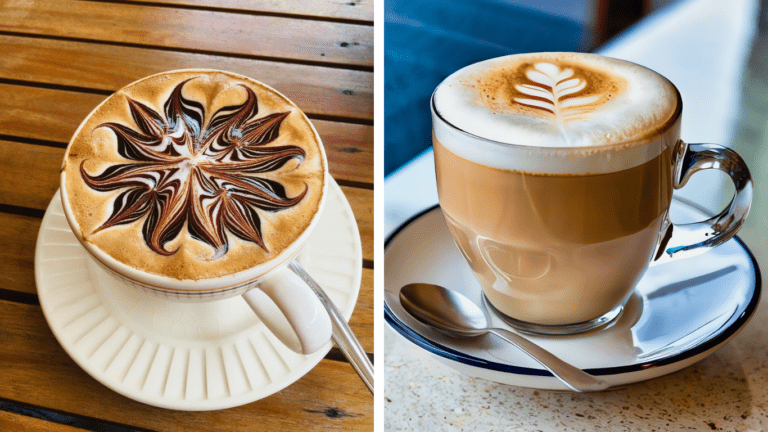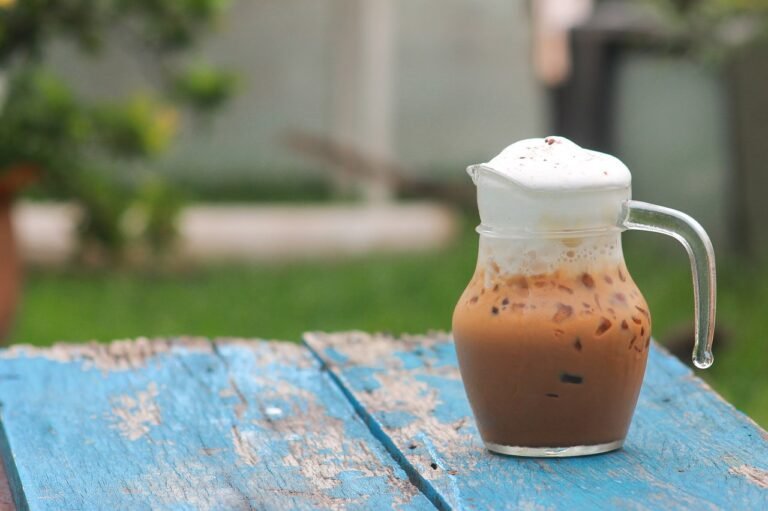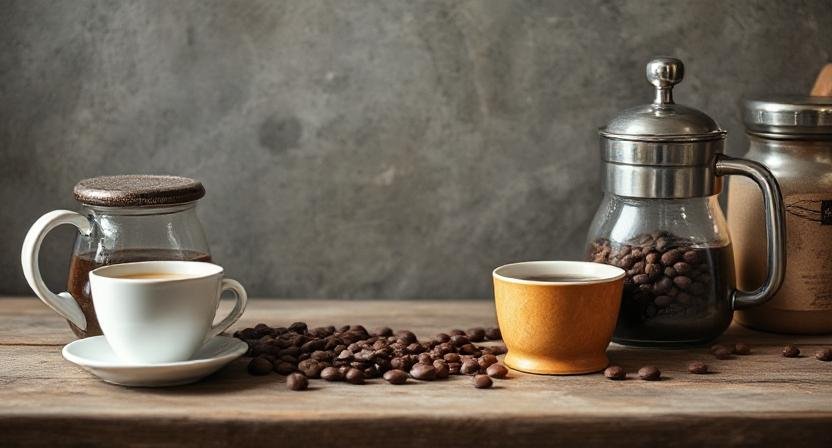There’s something magical about the first sip of a freshly made cappuccino. It’s bold yet smooth, strong yet velvety — and it doesn’t have to come from a café. With just a few tools and techniques, you can make café-quality cappuccino in the comfort of your own kitchen. In this 2026 guide, I’ll walk you through the exact steps I use at home (yes, I’m a coffee nerd), including pro barista tips I’ve learned along the way. Cappuccino also Best Starbucks Coffee Drinks you must try.
What Is a Cappuccino, Really?

A traditional cappuccino is a 6 oz espresso-based drink made with equal parts:
1/3 espresso
1/3 steamed milk
1/3 milk foam
Unlike a latte, which is milk-heavy, cappuccino is more balanced and bold. The key is in the texture: the foam should be thick, micro-textured, and creamy — not dry or bubbly.
Ingredients You’ll Need
Quality ingredients make all the difference. Don’t compromise here.
Fresh coffee beans (medium or dark roast works best)
Filtered water
Cold whole milk (for best froth, though oat milk or barista-style alternatives also work)
Recommended:
Lavazza Super Crema Espresso Beans – smooth, nutty, and perfect for home espresso.
Tools You’ll Need
If you want your homemade cappuccino to actually taste like one from a café, the right tools are essential.
Option A: Traditional Setup
Espresso machine with steam wand (like the Breville Barista Express)
Coffee grinder (burr grinder is ideal)
Milk frothing pitcher
Tamper
Option B: Budget Setup
Moka pot or AeroPress (for espresso-style coffee)
Handheld milk frother or French press (for frothing milk)
Digital thermometer (optional, but helpful)
Step-by-Step: How to Make Cappuccino at Home

1. Grind the Coffee Fresh
Use a fine espresso grind. If it feels like table salt, you’re on the right track.
Tip: Grind just before brewing to preserve aroma. A burr grinder ensures even extraction.
2. Pull the Espresso Shot
Use 18–20g of coffee for a double shot (~2 oz). Brew it fresh into your favorite cup.
Using a Moka pot? Fill the bottom chamber with water, add coffee to the basket, and heat on the stove.
Using an espresso machine? Preheat, tamp evenly, and pull your shot within 25–30 seconds.
3. Steam the Milk
Use cold milk (whole is best) and a stainless steel frothing pitcher.
Insert the steam wand just under the surface.
Create a whirlpool motion while introducing air for 5–7 seconds.
Once it reaches around 150°F (65°C), stop steaming.
Barista Tip: Don’t overheat your milk! Too hot = burnt taste. Use your palm to feel the pitcher — once it’s too hot to touch, it’s done.
4. Froth Without a Steam Wand?
No problem. Heat the milk to ~140°F, pour it into a French press, then pump up and down quickly for 15–20 seconds until it doubles in volume.
Or, use a handheld milk frother — it’s an easy win.
5. Pour & Layer
Now the fun part!
Pour the steamed milk into the espresso slowly.
Spoon the foam on top for that signature dome shape.
Optional: Add a dusting of cocoa powder or cinnamon.
Barista Challenge: Try basic latte art like a heart or tulip. Use the milk’s texture to “draw” into the espresso.
Optional Flavor Twists

Want to spice it up?
Vanilla Cappuccino: Add a drop of vanilla extract to your milk.
Mocha Cappuccino: Mix a teaspoon of cocoa powder with the espresso before pouring.
Cinnamon Honey Cappuccino: Stir honey into the espresso and top with cinnamon.
Clean-Up Tips (Most People Skip This Part)
Cleaning your tools right after making your cappuccino prevents buildup and keeps your gear working longer.
Purge your steam wand after every use
Rinse the milk pitcher and portafilter immediately
Backflush your espresso machine weekly (if it allows)
FAQs About Making Cappuccino at Home
Q: Can I use regular coffee instead of espresso?
Not really — cappuccino requires concentrated espresso. Drip coffee is too weak. Try using a Moka pot if you don’t have an espresso machine.
Q: What’s the best milk for frothing?
Whole milk is ideal for texture. For non-dairy options, go for barista-grade oat or almond milk with stabilizers (look for “barista blend” on the label).
Q: How do I get thick foam at home?
Cold milk, fresh steam, and patience. A good milk frother or French press will get you close to café-style foam.
Final Thoughts: Make It Yours
The joy of making cappuccino at home isn’t just about saving money — it’s about slowing down and creating something with your hands. Experiment with beans, milk types, and brewing methods until you find your version of the perfect cappuccino.
With a little practice and the right gear, you’ll wonder why you ever stood in line at Starbucks.
If you enjoyed this guide, share it with your fellow coffee lovers or drop a comment with your own cappuccino hacks!
Frequently Asked Questions (FAQ)
1. What is the correct cappuccino ratio?
A classic cappuccino uses a 1:1:1 ratio of espresso, steamed milk, and milk foam.
2. Can I make cappuccino without an espresso machine?
Yes. A moka pot, AeroPress, or strong French press coffee works well.
3. Which milk is best for cappuccino foam?
Whole milk creates the creamiest, most stable foam, but oat milk froths well too.
4. Is cappuccino stronger than a latte?
Yes. Cappuccinos taste stronger because they contain less milk and more foam.
5. Can I make cappuccino at home without a frother?
Absolutely. Use a French press, jar shake method, or handheld whisk.




